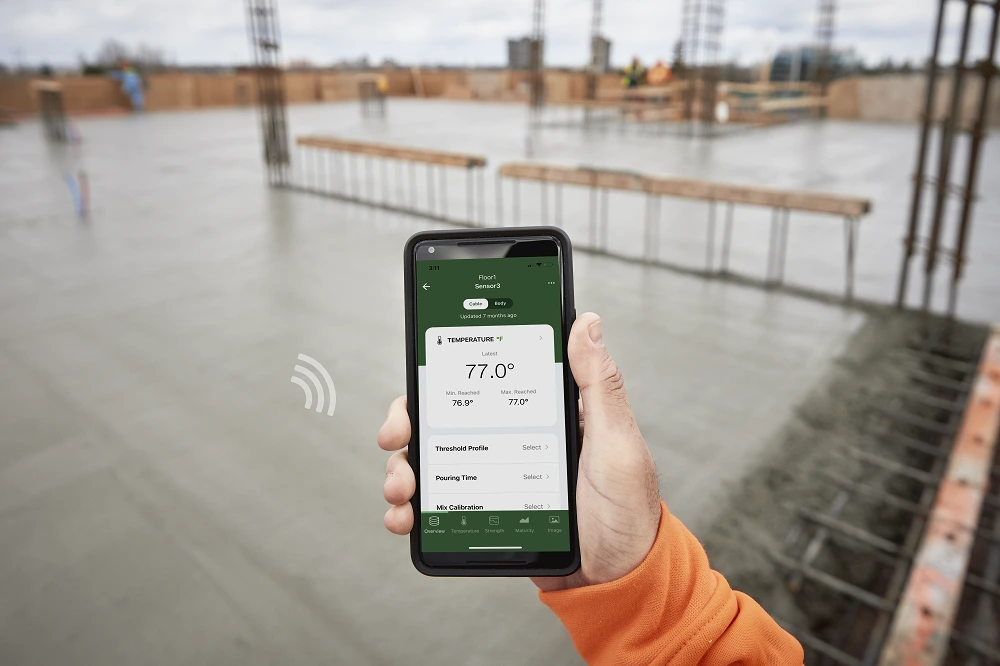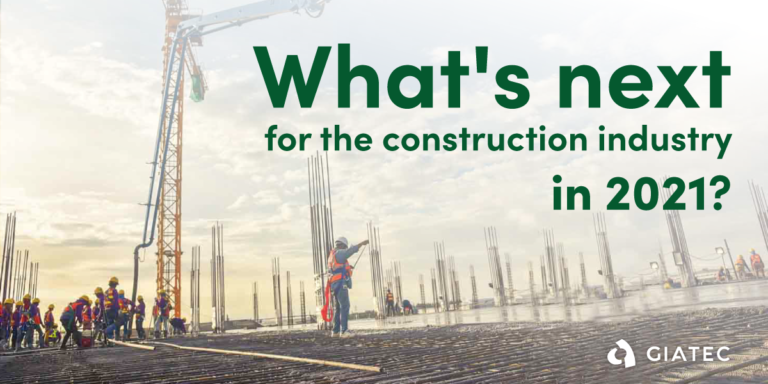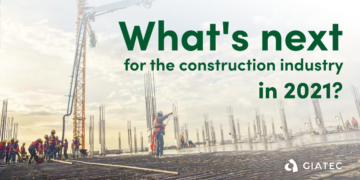The global pandemic that hit our North American shores early in 2020 has brought profound change to how we work, live, and operate in the construction industry. Many companies weathered the storm, and those that did it the best relied on their resiliency to not only adapt to the changing environment, but also to take advantage of the unfavorable conditions in such a way as to place themselves ahead of the pack, and gain a better starting point in the race to recovery.
Explore 12 Futuristic Technology Trends Solving Concrete's Biggest Challenges.
What is it that companies can do to position themselves for a more successful 2021 and beyond? Before we jump to that, let us take the lay of the land.
With the first wave of COVID-19 sweeping through North America starting in March last year, we saw a few jurisdictions designating construction a nonessential service and jobsites being shut down. While there was an easing of the impact of the pandemic, and subsequently an initial rebound in the industry during the summer, the second wave has put a spoke in the wheel of the recovery.
In their 2021 Construction Forecast: Slow Road to Recovery article, ENR is reporting a 14% decrease in construction starts by dollar value for 2020, based on the Dodge Data & Analytics information. From the same Dodge sources, it forecasts an expected 4% rebound for 2021, with a majority of it happening in the second half of the year, following a very slow start in Q1.
Additionally, in figuring out how to cope with the pandemic, local, state/ provincial, and federal governments have introduced new rules for jobsites, from physical distancing and more stringent personal protective equipment (PPE) wearing requirements, to travel restrictions.
Increased Use of Tech Onsite
Both the lower number of project starts and the restrictions to the number of personnel on the construction site, have led the most progressive companies to the increased use of construction automation software and new technologies on jobsites. The new technologies span the far-flung range from the Internet of Things (IoT) and mobile app-based solutions such as wireless concrete sensors, to cloud-centralized data storage, to Artificial Intelligence (AI) extracting valuable information from cloud-based data lakes for increased speed and accuracy in decision making.

These trends will intensify this year, because they significantly contribute to the bottom line and worker safety, while we wade through months of delayed economic recovery in parallel with continually responding to the physical distancing requirements as the COVID-19 vaccine slowly makes its way from the highest-risk individuals to the more active workforce. This is supported by the Autodesk 2021 construction trends article, where Allisson Scott, Director, Head of Construction Thought Leadership, says: “As construction firms take on the challenge of future proofing beyond 2021, leaders have an opportunity to drive an innovation mindset and rethink their technology investment and adoption strategy.”
For 2022 and beyond, when the construction industry starts catching up with the full economic recovery after its typical 12 to 18-month delay, these technologies will become even more important to position forward-looking companies for success as the industry comes back to face its pre-COVID labor-shortage issues.
Growth in Online Learning

While technology investment is one way of finding labor-saving streams for the company, an entirely different way is by making its workforce more productive through continuous learning. In this regard, the 2020 extensive move to remote working, combined with travel restrictions and no in-person meetings, has brought a swell of a widespread adoption of online learning tools and technologies. The wide spectrum of online learning offerings, ranging from webinars, virtual conferences, and podcasts, promises that there is an avenue to increased knowledge for everyone.
The most innovative companies will continue to wholeheartedly embrace online learning in 2021 and beyond, as a way of bringing growth opportunities to their employees, thus contributing to their bottom line in more ways than one.
Bonus Prediction: The Recovery Will Be Green
With President Biden recommitting the United States to the Paris climate agreement on his first day in the office, the recovery for the economy and the construction industry will, without a doubt, be green. The platform the US President ran on includes a plan to invest $2 trillion to build a modern sustainable infrastructure, in addition to transit, buildings, and housing, among others.
This trend will help the most sophisticated construction companies that have already invested in environmentally friendly technologies and practices fly high from the very start. For those hopping on the bandwagon, there are opportunities to get up to speed.
One of these learning opportunities is coming up in the virtual The Net Zero Construction Conference. On January 28, the most brilliant minds from major organizations like the National Ready Mixed Concrete Association, Lafarge, Skanska, National Research Council of Canada, Procore, Hilltop, and others, will join us, Giatec Scientific as the host, to discuss the trends and technologies that promote sustainable construction.
This is how Giatec, a global company that brought SmartRock®, the first wireless concrete testing sensor, and Roxi™, the first artificial intelligence program created for concrete testing, to the market, brings the three 2021 predictions together for the benefit of the industry.
Click here to learn more about Roxi™, an AI program created for concrete testing.
Sources:
2021 Construction Forecast: Slow Road to Recovery










